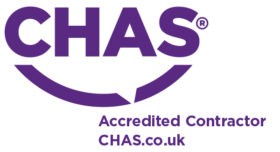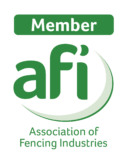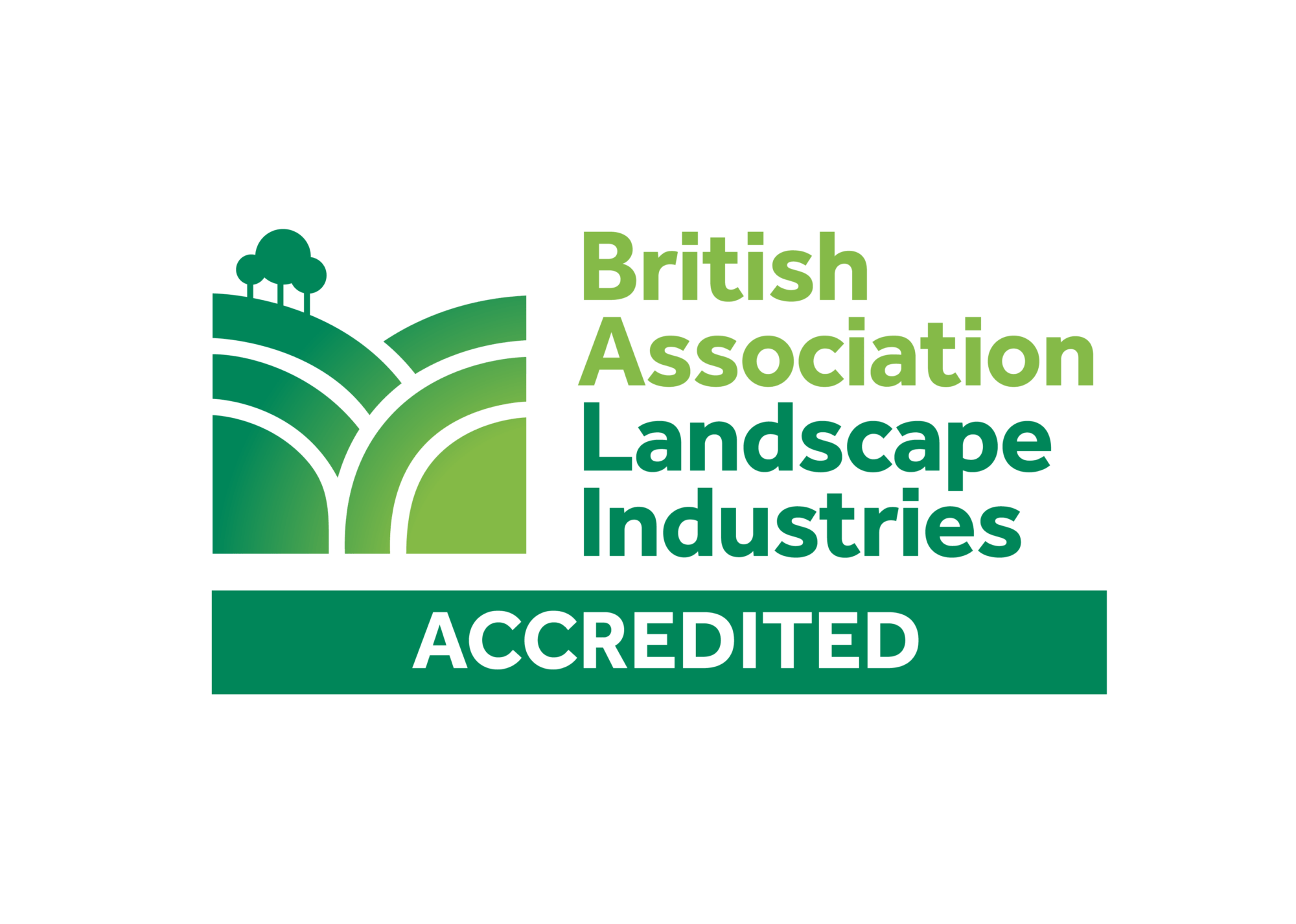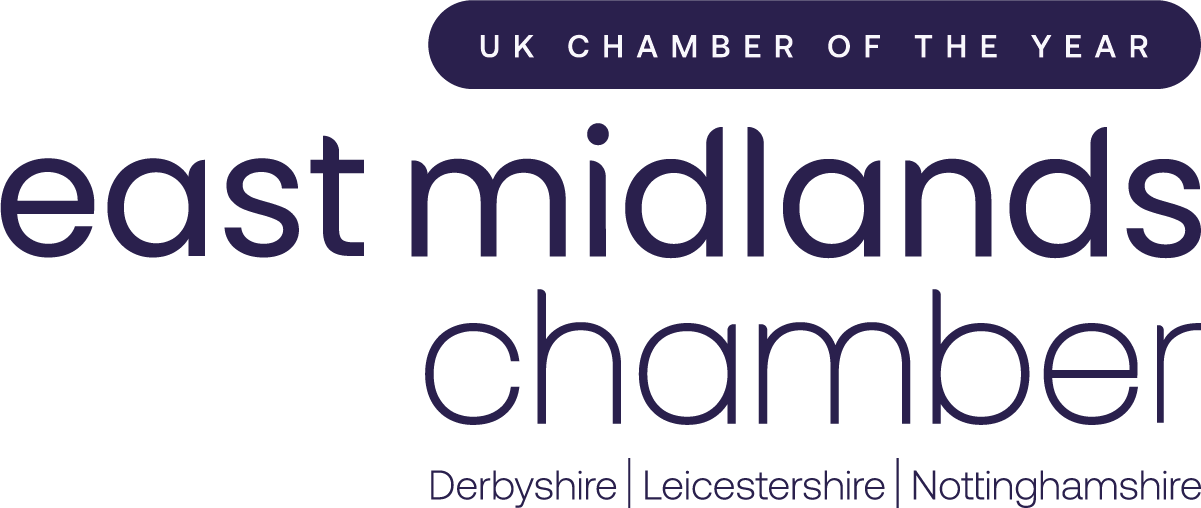Members of the Alpha Rail team visited Trent Castings, a cast iron foundry based in Mansfield, to take a quick tour of the facility and get some ‘behind the scenes’ access to learn how they could help us on metal railings restoration projects and the other types of iron casting work that takes place within the company.
At Alpha Rail, our estimators often receive enquiries that involve restoration work, or replication of existing metalwork. When it comes to railheads and finials, we work with other companies who specialise in the creation of castings so that we can provide our customers with the most accurate match possible for their metal railings projects.
Where we are asked to match existing railings, if there are any materials still on site, we have the option to remove any railheads or post finials that can be used as a template for the pattern work. This is so the casters can use it to create the pattern and give the best results. This method was used for a previous project at the Forest Recreation Ground in Nottingham, where historic features were replicated to match old materials.

In this instance, a copy of a finial was required as part of the ongoing work at Highfields Park, a Grade II* listed park in Nottingham, located alongside University Boulevard and close to the University of Nottingham. With £3.2m funding from the Heritage and Big Lottery Fund, the £4.8m restoration project aims to bring the much-loved park back to its former glory, and included the refurbishment of existing metalwork, as well as manufacturing new metalwork to match.
Cast iron foundries are a very busy environment and involves working with molten metal that can reach temperatures up to 1500°C.
The process begins by filling a casting frame with a special sand that sets fast – once the sand is in, staff must work quickly to get the pattern in the sand to create a mould, which is then filled with molten metal to form the casting. Once the metal has cooled down and become solid within the mould, the casting is then ready to be removed.
Once the casting is ready, it is broken away from the mould. The casting is then cut and grinded down to ensure it is accurate and matches the dimensions required. To smooth out the surface of the casting and get rid of any excess materials that may be stuck to it, the casting is shot blasted, sanded and machined to achieve the desired finish.

Using their expertise in creating CAD drawings of bespoke metal railings, our Technicians are often presented with the task of matching existing railings using photographs and measurements. They gained insight into the complicated processes of creating patterns for casting as well as pouring the metal. Speaking to members of the Trent Casting team proved to be highly valuable – with some of the staff having over 30 years’ experience, they were able to share knowledge that our Technicians could take away and consider when drawing metal railings and gates.
Huw Richards, Director at Trent Castings said, “It’s been great to give the Alpha Rail technicians a quick tour of the work we do here – every day is different, and we really enjoy the kinds of challenges we’re put up against.”









